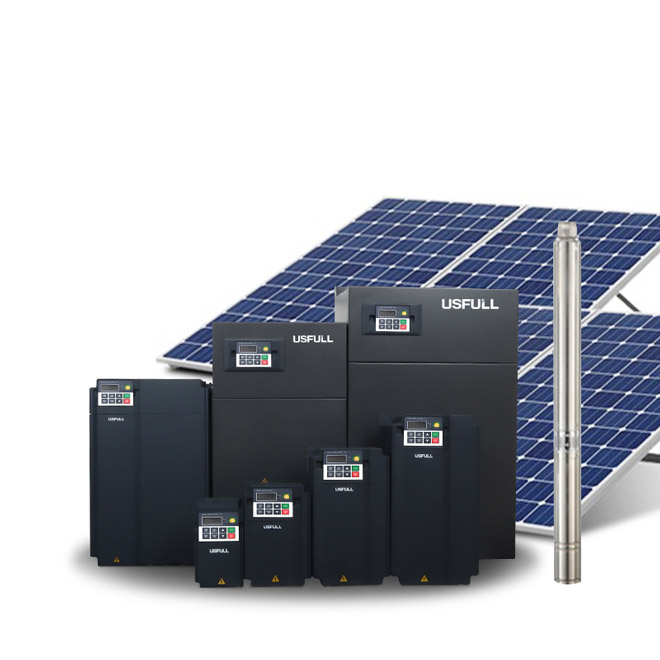Africa’s solar potential is immense, but financing barriers limit expansion. Without affordable capital, growth stagnates, energy access remains low, and economic opportunities diminish. Expanding financial mechanisms and policy reforms can unlock Africa’s solar market.
African PV installations are projected to grow by 42% in 2024, but high financing costs and investment risks hinder full-scale solar adoption. Addressing financial barriers is crucial to unlocking Africa’s vast renewable energy potential and achieving global climate targets.
Limited financial access constrains Africa’s solar market. Exploring investment challenges, regional growth trends, and solutions can reveal the path to a sustainable energy future.

Africa’s Solar Growth Potential and Challenges
Africa boasts some of the world’s best solar resources, yet solar PV met only 3% of the continent’s electricity demand in 2023. Despite projected growth, the market faces structural challenges, including high project costs, lack of financing, and currency risks. Overcoming these hurdles is critical to achieving the global goal of tripling renewable energy capacity by 2030.
Key Markets Driving Solar Expansion in Africa
South Africa remains the continent’s leader in solar deployment, adding 1,108MW in 2024, though this was a decline from 2023. Egypt followed with 700MW, driven by large-scale projects. West African nations, including Ghana, Burkina Faso, and Nigeria, demonstrated rapid growth, while Zambia nearly doubled its PV capacity due to hydropower disruptions. These emerging markets highlight Africa’s evolving solar landscape.

Financing Bottlenecks Hampering Solar Growth
Access to low-cost finance remains the most significant barrier to solar expansion. Interest rates in many African countries are three to seven times higher than in developed nations. In 2024, clean energy investment in Africa reached $40 billion, just 3% of the global total. Meeting energy goals requires annual investments of $200 billion, emphasizing the urgent need for innovative financial solutions.
Solutions to Unlock Africa’s Solar Potential
Expanding innovative financing models, such as blended finance and risk mitigation instruments, can attract private sector investment. Strengthening regulatory frameworks, reducing currency risks, and enhancing credit guarantees are essential to making solar investments more viable. Furthermore, boosting domestic solar manufacturing and workforce development can increase job creation and energy independence.
The Future of Solar Energy in Africa
Projections for 2025-2028 indicate significant growth potential. Under a high-growth scenario, Africa could add 47GW of solar capacity, while a low-growth scenario suggests only 9.2GW. A realistic medium-growth trajectory anticipates a 30% compound annual growth rate, leading to 23GW of new solar installations. Realizing this potential depends on improved financing and policy support.
Unlocking affordable financing and policy support is crucial to realizing Africa’s solar potential, ensuring energy access, economic growth, and progress toward climate goals.



